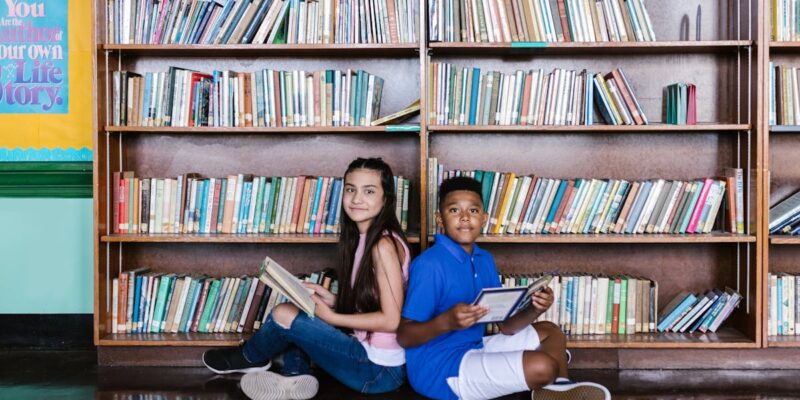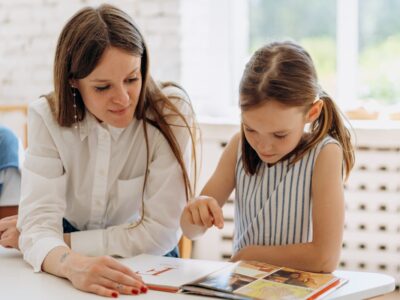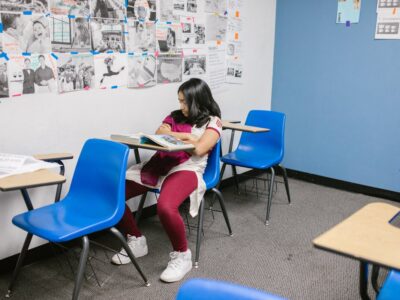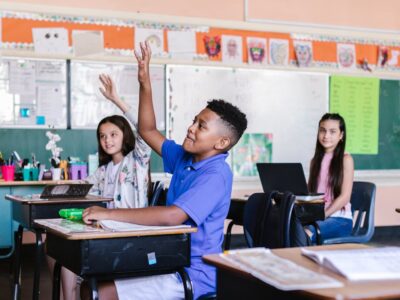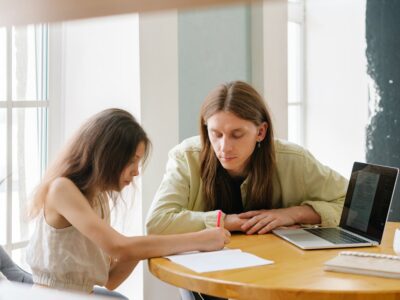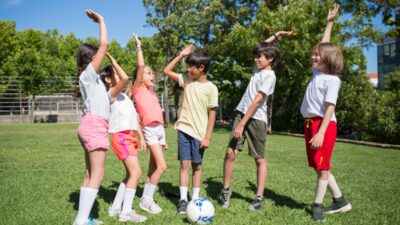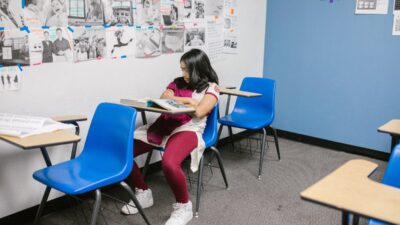In today’s digital age, secondary pupils spend more time than ever in front of screens. Whether it is completing homework online, scrolling through social media, or relaxing with a favourite TV series, screen use has become an inevitable part of daily life. While technology brings huge advantages, it also raises questions about how to maintain a healthy balance between learning, leisure, and wellbeing.
The Rise of Screen-Based Learning
Homework has changed dramatically over the past decade. Like this independent school in London, many schools now use online platforms to set assignments, track progress, and provide feedback. This makes learning more interactive and accessible, while also helping pupils to develop digital skills that will be vital in future careers.
However, the increase in screen-based homework means pupils often spend longer staring at a computer after a full school day that may already involve considerable screen use. Without careful management, this can contribute to fatigue, eye strain, and reduced concentration levels.
The Importance of Downtime
Screens can be engaging, but they can also be overstimulating. Research suggests that excessive screen time, particularly before bed, can affect sleep quality and overall wellbeing. For secondary pupils, who are already managing academic pressures and growing social commitments, downtime away from devices is essential.
Encouraging young people to balance their homework with offline activities can make a real difference. Outdoor exercise, reading for pleasure, creative hobbies, or simply spending time with family and friends all provide valuable breaks from the digital world.
Setting Healthy Boundaries
Parents and carers can support secondary pupils by helping them to set boundaries around screen use. This might include:
- Establishing a set time for homework each evening.
- Encouraging regular breaks, ideally involving movement or fresh air.
- Creating a “no screens before bed” rule to promote better sleep.
- Having agreed times for leisure screen use, such as gaming or social media.
By building structure into the day, pupils can learn how to balance their responsibilities with relaxation and recreation. These habits will also prepare them for managing their own time more independently in the future.
Balancing Academic Demands
Secondary school pupils often face heavier workloads than they did in earlier years. While homework is an important part of reinforcing learning, it should not overwhelm or dominate a young person’s life. Teachers, pupils, and parents all have a role to play in ensuring that academic demands are balanced with wellbeing.
Encouraging pupils to use study planners or homework diaries can help them manage tasks more effectively. When young people feel in control of their workload, they are less likely to procrastinate and spend unnecessary extra hours online.
Finding the Right Balance
Ultimately, balance is the key. Screen time is not inherently negative – it can support learning, creativity, and social connections. However, when screens dominate, it becomes harder to maintain healthy routines and positive wellbeing.
By encouraging boundaries, promoting offline activities, and supporting effective homework habits, schools and families can help secondary pupils strike a balance that allows them to thrive both academically and personally.

